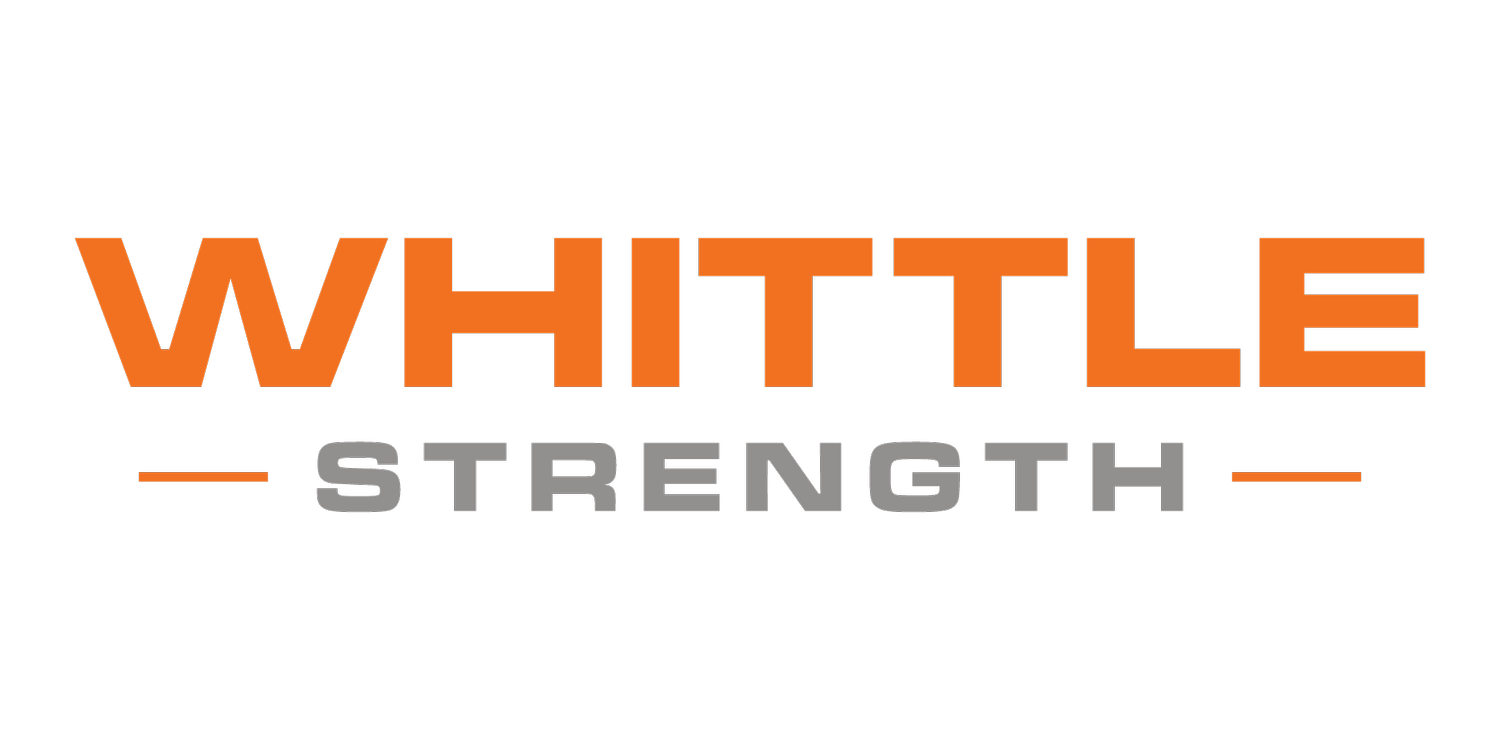HYPERTROPHY
What is hypertrophy?
Muscular hypertrophy can be defined as an increase in muscle mass/size (increase in the cross-sectional area). It is important to understand that muscular strength is not the same as muscular hypertrophy. Muscular strength is how much force a muscle (or muscle group) can exert during a single repetition. Muscular strength is best trained using very high intensities (85-100%1RM) with low rep ranges (1-5). On the other hand, muscular hypertrophy refers to the actual growth of muscle cells. Muscular hypertrophy is best achieved with intensities between 70-83%1RM with a rep range between 6-12.
How does hypertrophy occur?
Located within our muscle fibers are bundles of protein filaments called myofibrils. These myofibrils contain the contractile proteins, actin and myosin. When we lift weights it causes damage to these filaments. Through natural physiological responses and proper diet/recovery, the body will adapt and begin to repair these damaged filaments. As a result, the contractile proteins are now enlarged. This enlargement in actin and myosin filaments lead to an increase in the number of myofibrils within a single muscle fiber. The final result is an increase in our muscle fiber size, or cross-sectional area (CSA).
Three big factors are needed to elicit hypertrophy -
Mechanical tension: This refers to the force that our muscles produce to overcome resistance. Overloading a muscle increases mechanical tension, and will lead to an increase in muscle mass.
Muscle damage: This refers to the damage caused by intense weight training. Microtears are created within our muscle fibers which leads to an inflammatory response of the body to repair and regenerate. Note - eccentric contractions (when the muscle is lengthening) have the greatest impact on muscle damage.
Metabolic stress: This refers to the accumulation of metabolites such as lactate and hydrogen ions. Exercise that is predominantly reliant on anaerobic glycolysis (10-2 minutes) will produce a build-up of these metabolites, causing an increase in blood acidity. This acidic environment leads to degradation of our muscle fibers and thus, leads to a hypertrophic response.
Why is hypertrophy important?
Typically when one thinks of hypertrophy it’s common to think of bodybuilding - where muscle development determines success for these competitors. However, muscular hypertrophy is important to most individuals. For example, athletes who can put on muscle mass during their off-season training tend to have better performance during in-season competition. Hypertrophy training is also important for the general population because building muscle helps to boost metabolism. As we age, we naturally lose muscle mass. This loss in muscle mass leads to a decline in metabolism. With this decline, you are more prone to weight gain, which in turn can lead to inflammation issues and other metabolic health problems (i.e. type II diabetes). Therefore, lifting weights and building as much muscle mass as you can now will benefit you later on down the road (even to help prevent osteoporosis!).
How does diet impact hypertrophy?
Diet plays a huge role in successful hypertrophy gains. To start, being in a positive energy balance (eating more calories than you are expending) tends to be optimal for maximal hypertrophic responses when in combination with resistance training. Being in a constant negative energy balance (burning more calories than you consume) tends to lessen the anabolic response, making it harder for the body to build muscle. Another issue with a constant negative energy balance, is the body can resort to using preexisting muscle as fuel - thus, causing a loss in current muscle mass.
Protein also plays an important role in successful hypertrophy development, and arguably is the most important macronutrient for successful muscle growth. For muscle growth to even occur, protein synthesis must exceed muscle protein breakdown. There are numerous protein recommendations on the web today making it overwhelming to understand, but a simple rule of thumb is to consume 1 gram per pound of body weight. It is also important to focus on nutrient timing. Rather than consuming all of your protein in one sitting, space your protein consumption out to 3-4 meals with a minimum of 25g+ per meal.
Program design: Functional hypertrophy vs hypertrophy
Functional hypertrophy: The development of hypertrophy as a result of increased muscle CSA and improved neuromuscular functions. This type of hypertrophy has a lot of demand on our central nervous system.
rep range = 6-8
intensity = 78-83%1RM
Hypertrophy: The development of hypertrophy as a result of increased muscle CSA and improved metabolic function. The intensity here is low enough that the central nervous system isn’t as involved, but instead the metabolic system is.
rep range = 9-12
intensity = 70-76%1RM
Share this post:


